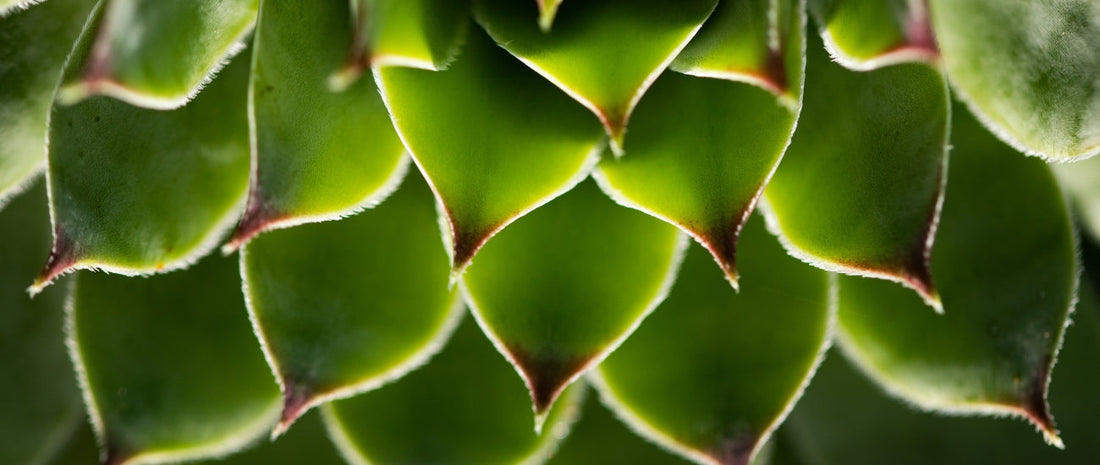Imagine waiting years or sometimes even decades just for something incredible to happen. That’s the story behind a group of rare plants that bloom just once in their lifetime. These “one-and-done” plants are teaching lessons in patience. They quietly grow and store energy for years, then suddenly put on a show that makes all the waiting worthwhile.
We’ll go through how these plants work, a few of the most fascinating ones, and why you might want to add one to your collection. And if you’d rather not wait decades for a floral payoff, don’t worry, you can always pop by your local florist shop for something in full bloom right now!
What Are Monocarpic Plants?
Monocarpic plants are nature’s version of a slow-cooked recipe - taking their sweet time to reach that perfect moment. These plants flower just once before bowing out, pouring every bit of their stored energy into one unforgettable bloom. It might feel like a short-lived payoff, but the display is usually so eye-catching that it’s worth the wait!
The word “monocarpic” comes from the Greek: mono meaning single, and carpic meaning fruit. After their dramatic performance, the plants produce seeds to pass the baton to the next generation. In other words, their one-time bloom is all about something as simple as making sure their legacy lives on, like other plants.
What Plants Are Monocarpic?
While many plants are monocarpic, here are some of the most popular monocarpic plants that really shine:
1. Queen Victoria Agave
The Queen Victoria Agave is basically the rock star of succulents. It can take up to 30 years before it finally decides to send up a tall stalk topped with creamy white flowers. Native to northeastern Mexico, this agave is built to survive in tough weather and climate conditions.
Why It’s Special
When it finally blooms, the long anticipation makes the flowers even more worth the wait, turning them into a once-in-a-lifetime show for plant lovers.

2. Century Plant
With a name like “Century Plant,” you already know this one is dramatic. It doesn’t actually take 100 years, but waiting 10 to 30 years still feels like forever. When it’s ready, the plant shoots up a towering stalk that can rival the height of a small house.
Why It’s Special
The bloom is breathtaking, and after it flowers, the plant leaves behind seeds to carry on its story like the Queen Victoria Agave. Its towering stalk and bittersweet life cycle make it one of the most talked-about agaves.
3. Bamboo
Bamboo might only bloom once every 30 to 120 years. And when they do, they all bloom together. This makes a bamboo forest even crazier to look at because you’re able to see all of these stalks grow at once!
Why It’s Special
This synchronized blooming, called “gregarious flowering,” is a rare and jaw-dropping sight. It provides food for wildlife and helps whole forests regenerate, guaranteeing bamboo’s survival for future generations.

4. Talipot Palm
The Talipot Palm is a plant you have to see for yourself to believe. After 30 to 80 years of quiet growth, it produces a flower cluster that can stretch up to 26 feet long. Talk about making an entrance!
Why It’s Special
Its bloom is a giant, breathtaking view that takes over tropical habitats. The sheer scale of this plant’s “one-time show” is enough to leave anyone in awe.
5. Puya Raimondii
Nicknamed the “Queen of the Andes,” this plant is the true giant of the monocarpic world. It can wait up to 100 years before blooming, then sends up a flower spike that towers nearly 30 feet high. Found in the harsh Andes, its ability to survive alone is impressive.
Why It’s Special
Seeing one bloom is like watching a mountain come alive. Its massive flowers support wildlife and stand as a rare reminder of nature’s resilience and beauty.

When Should I Choose These Plants?
If you love surprises and don’t mind a little patience, monocarpic plants are perfect choice for you. They add excitement to a garden, and the long buildup makes their bloom even more rewarding. They can be the royalty of your outdoor space, each with a story that unfolds over decades.
They’re also wonderful teaching tools. Kids can learn patience and see firsthand how nature works on its own schedule. Watching them grow year after year becomes a shared experience!
For larger spaces like botanical gardens or private estates, these plants are showstoppers that can draw visitors eager to witness their rare blooms. Their rarity and beauty make them natural conversation starters wherever they grow.

Good Things Come to Those Who Wait
Monocarpic plants might take decades to bloom, but when they do, they deliver a reminder of just how powerful and awe-inspiring nature can be. They’re living proof that patience pays off, rewarding gardeners with beauty that’s anything but ordinary. If you’re ready for the wait, these plants can bring a touch of magic to your garden and maybe even your life!

